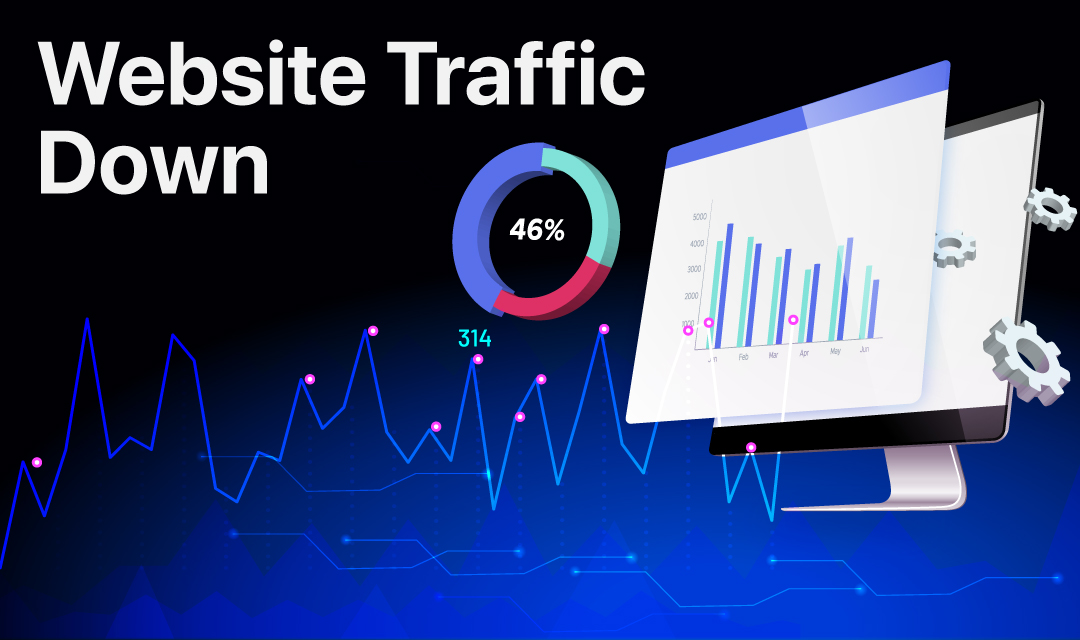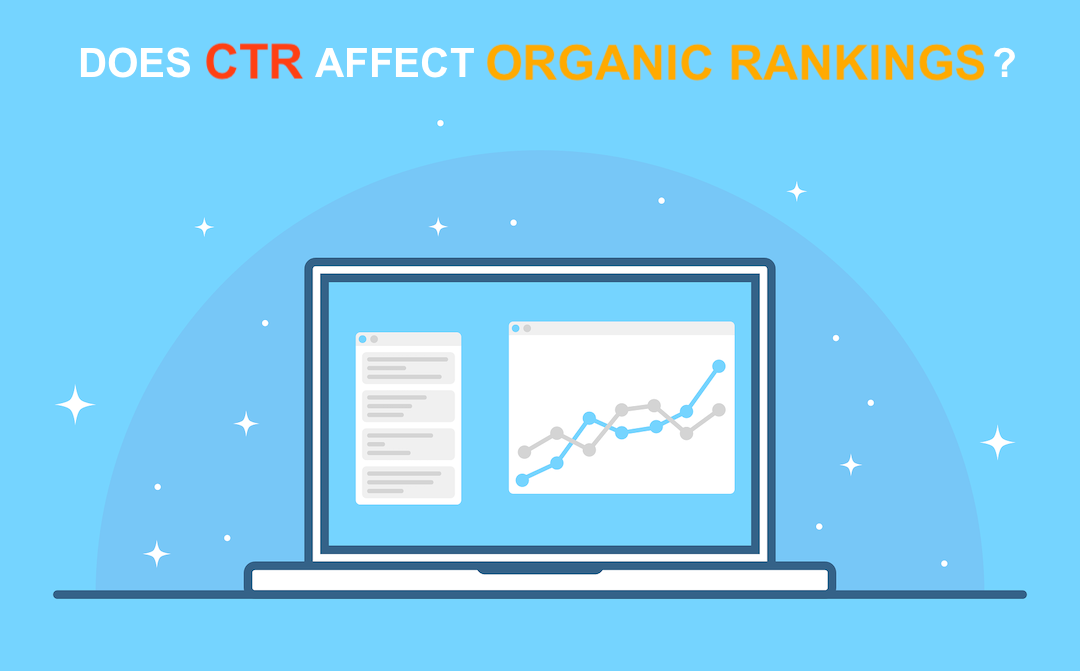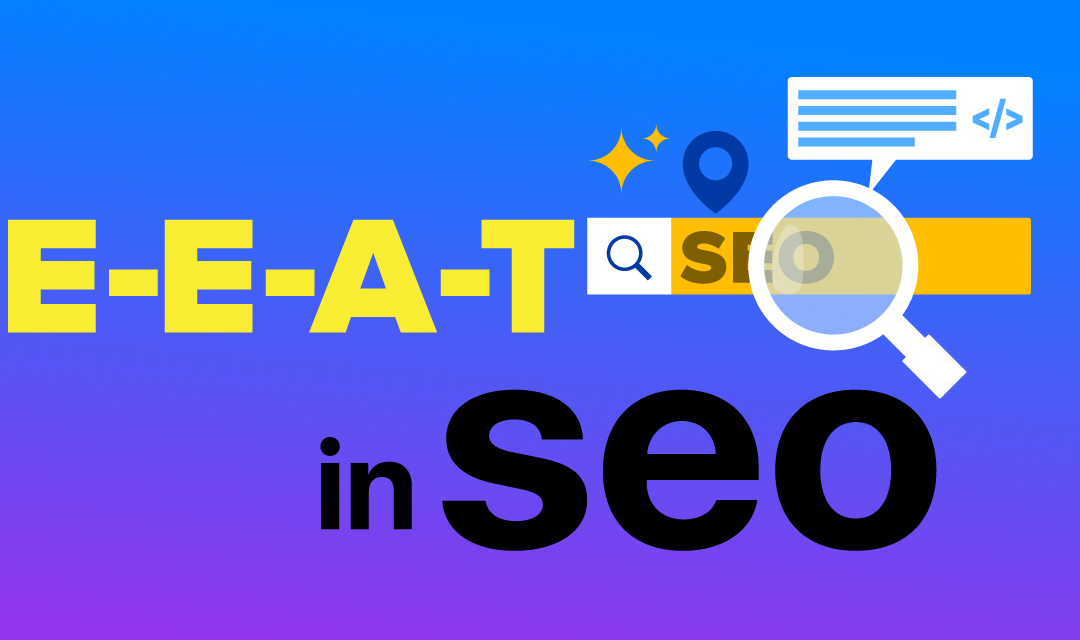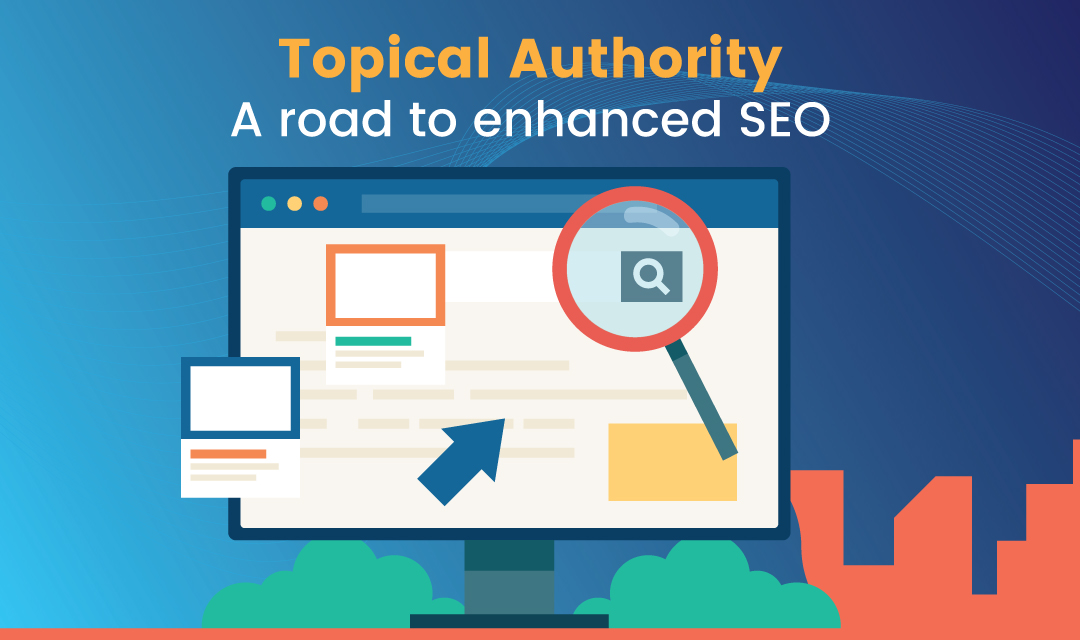
The term ‘proofreading’ refers to double-checking a written text for structural, grammatical, spelling, and punctuation issues. This technique is an art that demands time and a comprehensive command of linguistic practices. Due to these factors, people often overlook this phase of content creation. If this sounds like you, your hatred towards proofreading ends here.









